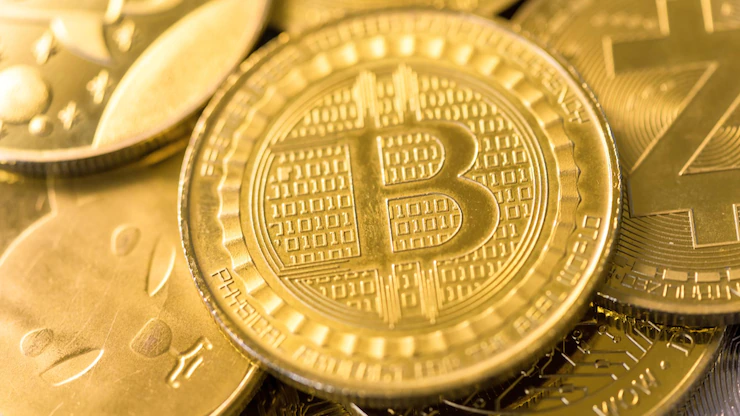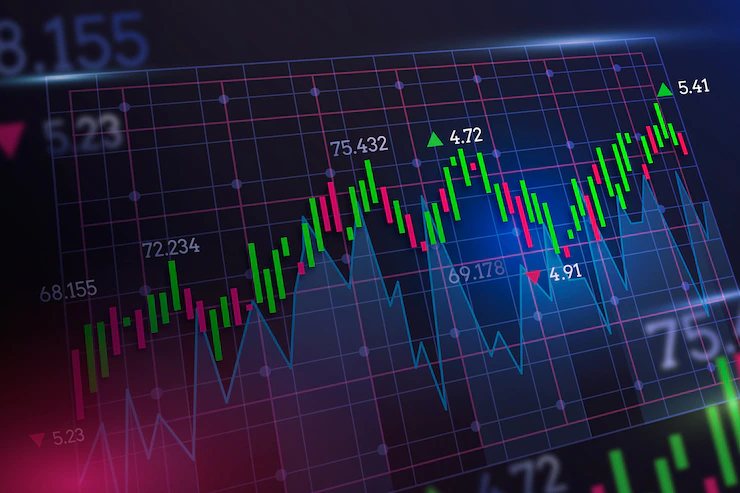Bid And Ask Definition: The Complete Guide
by Arnab Dey Finance Published on: 29 July 2022 Last Updated on: 24 May 2025

In order to make money in the stock market, you need to understand bid and ask prices. This can be a little confusing for beginners, so we created this complete guide to help you find out what the bid’s meaning is.
In this article, we will define what ask bid prices are and explain how they work together to create a market.
We will also provide some examples so that you can see how this works in practice.
Let’s get started with simple bid meaning!
What Is Bid And Ask?
In financial markets, the bid-ask spread is also making a difference between the quoted price (either by a single market maker or in a limit order book) for an immediate transaction.
The bid price represents the maximum price each buyer is willing to pay for the extra and improve the security. While the asking price represents the minimum price that the seller is willing to accept. This spread may widen or narrow depending on market conditions.

For example, if there is high demand for security, the bid-ask spread will narrow as buyers compete against each other to purchase it. On the other hand, if there is little demand, the spread will widen as sellers try to entice buyers with lower prices.
The bid-ask spread is also affected by factors such as the liquidity of security and the costs of making a transaction. Ultimately, it represents the cost of trading security and provides important information about supply and demand in the market.
Who Benefits From The Bid-Ask Spread?
The bid-ask spread is the difference between the bid price and the asking price of a security. It is also known as the bid-offer spread, bid-asked spread, or simply the asking price.
The term “bid” refers to the highest setting of the price that any buyer is willing to pay for the security, while the “ask” is the lowest price rate that an individual seller is willing to accept. The spread is usually quoted in terms of basis points or pennies per share.
For example, if the bid price of a stock is $20 and the asking price is $21, the spread would be $1 per share or 100 basis points. This is the biggest difference between bid vs ask.
The size of the bid-ask price is like spreading, and the limit varies depending on a number of factors, including the liquidity of the security, the volatility of the market, and supply and demand.
For example, illiquid securities tend to have larger spreads than more liquid securities. Additionally,bid-ask spreads are typically wider during periods of market turmoil when investors are less willing to take on risk. However, in general, the spread benefits both buyers and sellers.
Buyers benefit by paying less than they would if there was no spread, while sellers benefit by receiving more than they would without a spread.
Thus, the spread provides an important source of revenue for market makers and other intermediaries who provide liquidity in the market.
What Does It Mean When The Bid And Ask Are Close Together?
When the bid and ask are close together, there is little difference between the prices that buyers are willing to pay and the prices that sellers are willing to accept.
This usually indicates little disagreement about the value of the asset in question and that trade is likely to occur relatively quickly and at a fair price.

In general, a tight bid-ask spread is considered to be a good thing for investors, as it suggests that there is efficient market pricing for the asset in question.
How Are the Bid and Ask Prices Determined?
When stocks are traded on the stock market, there is always a bid price, and an ask price.
The bid price is the highest price that someone is willing to pay for the stock, while the asking price is reaching the lowest price rate that someone is willing to sell it for. The difference between these two prices is known as the bid-ask spread, and it represents the cost of buying or selling a stock.
In order to determine the bid and ask prices, market makers look at a number of factors, including the level of supply and demand, the current market conditions, and the stock’s recent trading history.
By taking all of these factors into account, market makers are able to set competitive prices that reflect the true value of the stock.
Ending Of The Words
Bid-ask spread is an important concept for investors to understand, as it represents the cost of buying or selling a security. While the spread benefits both buyers and sellers, it is particularly beneficial to market makers and other intermediaries who provide liquidity in the market.
When determining the bid and ask prices, market makers look at a number of factors, including the level of supply and demand, the current market conditions, and the stock’s recent trading history. By taking all of these factors into account, market makers are able to set competitive prices that reflect the actual value of the stock.
Read Also:



































































































